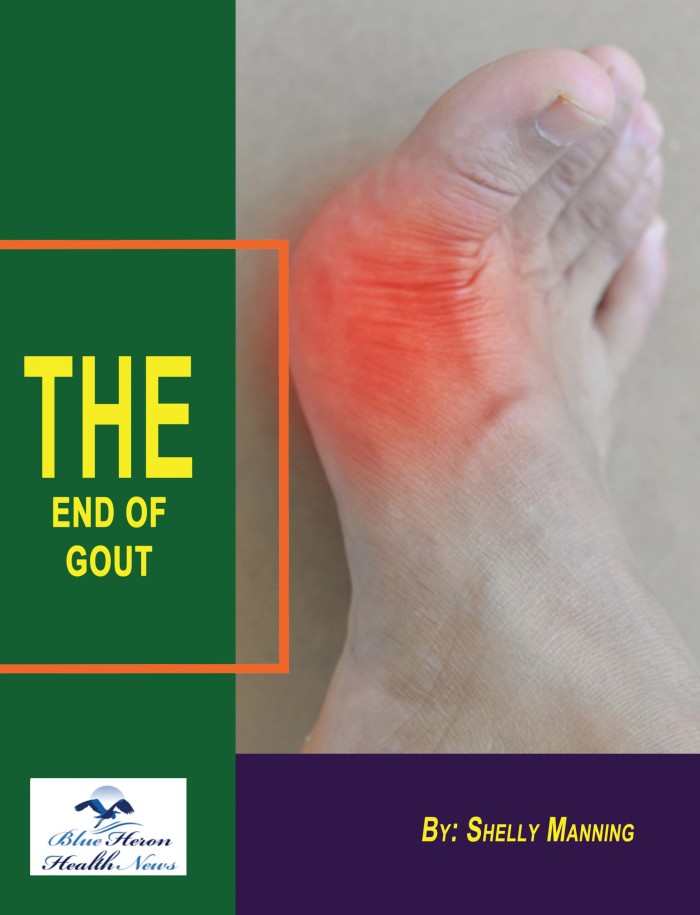
End Of GOUT Program™ By Shelly Manning The End of Gout Program is an intensive lifestyle guide and diet therapy to treat gout. It aids in minimizing and treating the uncomfortable and painful signs of gout naturally and safely. It will teach the impacted everything regarding the condition. This natural program eliminates triggers and factors that give rise to symptoms. The recommendations are honest, effective, safe, and science-based. The program treats you inside out with gout by attacking the cause. By just signing in, you get to access all the valuable information and make your life gout-free. The program has a 60-day money-back too for risk-free use. Several users have expressed their 100 percent satisfaction and results. Give it a try, and you are sure to be surprised by the fantastic results.
What are the signs of an acute gout attack?
An acute gout attack is characterized by the sudden onset of intense pain, swelling, and inflammation in one or more joints. These attacks are caused by the buildup of uric acid crystals in the joint, leading to an inflammatory response. Here are the key signs and symptoms of an acute gout attack:
1. Sudden Onset of Severe Joint Pain:
- The pain usually begins suddenly and often at night or in the early morning. It reaches its peak intensity within 12-24 hours.
- The affected joint often becomes extremely painful, to the point where even light pressure, like the touch of a blanket or clothing, can be unbearable.
- Gout pain is typically described as throbbing, crushing, or excruciating.
2. Joint Involvement:
- The most commonly affected joint is the big toe (a condition known as podagra), though other joints can also be involved, including the ankles, knees, wrists, fingers, and elbows.
- While a single joint is typically affected in an acute attack, gout can involve multiple joints in some cases.
3. Swelling and Redness:
- The affected joint becomes swollen, often dramatically.
- The skin over the joint may become red or purplish in color and appear shiny or tight due to the swelling.
4. Warmth:
- The affected joint often feels warm to the touch, a sign of active inflammation. This warmth is typically localized to the joint and the surrounding area.
5. Limited Range of Motion:
- The pain and swelling can severely limit the movement of the affected joint. The joint may feel stiff and difficult to move.
6. Fever and General Malaise:
- In some cases, particularly with more severe gout attacks, the individual may experience low-grade fever, chills, and a general feeling of illness or malaise.
- Fever can also be a sign of a more serious condition like septic arthritis, so it’s important to seek medical attention if fever accompanies joint pain.
7. Skin Symptoms:
- As the attack resolves, the skin over the affected joint may start to peel or flake as it heals from the inflammation.
- The area may remain tender and sensitive for some time, even after the acute attack subsides.
8. Recurrent Attacks:
- Gout attacks tend to recur over time if uric acid levels remain high. The first few attacks may be spaced months or even years apart, but over time, they may become more frequent if not properly treated.
- Over time, untreated gout can lead to chronic joint damage and the formation of tophi—hard, uric acid crystal deposits that can form under the skin, especially in the fingers, toes, elbows, and ears.
9. No Symptoms Between Attacks:
- During the periods between attacks, people with gout often have no symptoms. This asymptomatic phase is known as the intercritical period. However, without treatment, uric acid crystals continue to accumulate, increasing the likelihood of future attacks.
Key Characteristics of an Acute Gout Attack:
- Onset: Sudden and intense, often overnight.
- Pain: Severe, throbbing, or excruciating pain in the affected joint.
- Joint: Commonly affects the big toe, but can involve other joints.
- Swelling and Redness: Swollen, warm, and inflamed joint with red or purplish skin.
- Fever: In some cases, mild fever may occur.
Conclusion:
An acute gout attack is a sudden, painful flare-up of joint inflammation, typically involving the big toe but potentially affecting other joints. The hallmark features include intense pain, redness, swelling, and warmth in the joint, often developing overnight. Proper treatment and lifestyle changes are crucial to managing gout and preventing future attacks or complications like chronic gout or joint damage. If you suspect a gout attack, consult a healthcare provider for evaluation and treatment.
End Of GOUT Program™ By Shelly Manning The End of Gout Program is an intensive lifestyle guide and diet therapy to treat gout. It aids in minimizing and treating the uncomfortable and painful signs of gout naturally and safely. It will teach the impacted everything regarding the condition. This natural program eliminates triggers and factors that give rise to symptoms. The recommendations are honest, effective, safe, and science-based. The program treats you inside out with gout by attacking the cause. By just signing in, you get to access all the valuable information and make your life gout-free. The program has a 60-day money-back too for risk-free use. Several users have expressed their 100 percent satisfaction and results. Give it a try, and you are sure to be surprised by the fantastic results.